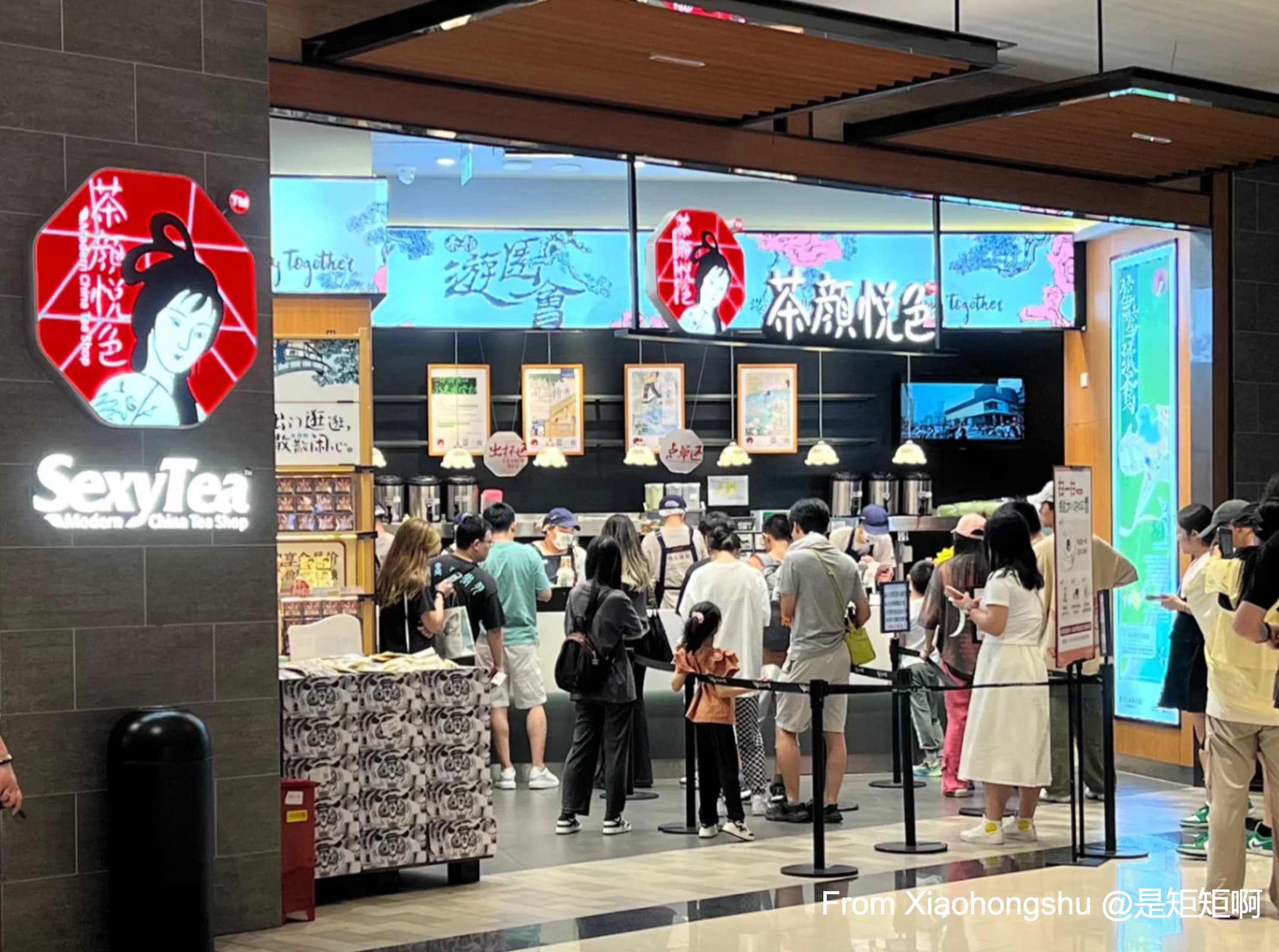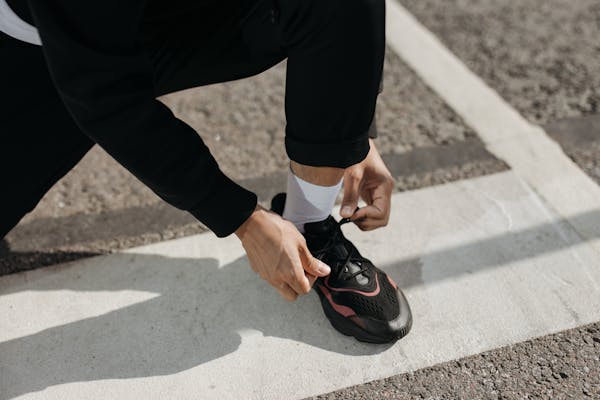Founded in 2013 in Changsha, Hunan, Sexy Tea (茶颜悦色) built its brand around “New Chinese-style Fresh Tea”(新中式鲜茶) focusing primarily on light milk tea (轻乳茶). Thanks to its distinctive flavor and exclusive local business model, it quickly gained popularity. However, while its reputation soared, Sexy Tea remained cautious about expansion and only ventured beyond Changsha at the end of 2020—by which time competitors like MiXue Ice Cream & Tea (蜜雪冰城) had already surpassed 10,000 stores.
Download our China F&B White Paper
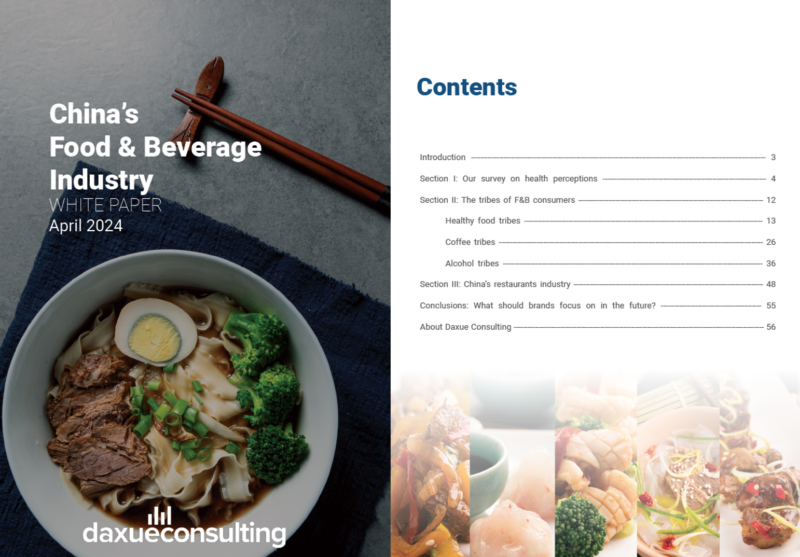
Since 2020, the brand has shifted gears, accelerating its growth by expanding its store network and diversifying its business through four sub-brands and a new retail strategy.
Intensified competition in China’s new tea beverage market
China’s new tea beverage industry has entered a new phase. According to iiMedia Research, the sector is shifting from rapid expansion to refined operations, leading to more intense competition for market share. By 2025, the market is expected to reach RMB 374.93 billion, with growth slowing and saturation increasing.
For years, Sexy Tea has taken a cautious approach, focusing on building a dense store network within Hunan. In 2020, its founder, Lv Liang, publicly stated that limitations in supply chain capacity, quality control, and organizational capabilities led the company to focus on steady rather than rapid expansion. While this approach has solidified its brand presence locally, it also meant missing the opportunity for aggressive national expansion.
As of January 10, 2025, Sexy Tea operated 757 stores nationwide, mostly in Hunan, and selected new first-tier cities—far behind MiXue Ice Cream & Tea’s 33,319 locations. Meanwhile, CHAGEE, a brand often seen as inspired by Sexy Tea, has outpaced it in expansion, growing to 6,071 stores in a shorter time frame. Despite its smaller footprint, Sexy Tea remains highly profitable. According to LatePost, with fewer than 600 stores in 2023, the company still managed to generate RMB 500 million in net profit. By comparison, CHAGEE, with over 3,000 stores, reported a net profit of RMB 800 million to 1 billion.
Sexy Tea rose as a cultural and culinary icon
Sexy Tea was the first to introduce the concept of “New Chinese-style Fresh Tea,” setting itself apart from other tea brands by blending traditional Chinese tea culture with modern flavors. At the time, this approach was groundbreaking, as the market had yet to see many similar or imitation brands.
It has maintained this identity with a streamlined menu of around 20 SKUs. Its product names and packaging are deeply rooted in Chinese aesthetics—drinks like Youlan Latte (幽兰拿铁) and Shengsheng Oolong (声声乌龙) tap into the Guochao (国潮) trend, making the brand especially popular among Gen Z in China.

Another key factor is affordability. While competitors like Heytea (喜茶) and NAIXUE (奈雪的茶) often charge premium prices, Sexy Tea keeps its classic drinks at a more budget-friendly RMB 15-18 per cup, reinforcing its high value-for-money appeal.
The brand also capitalized on regional exclusivity in its early years by staying concentrated in Changsha, making it a must-visit attraction for tourists. Even as it expands beyond Hunan, Sexy Tea kept its self-operated store model instead of franchising.
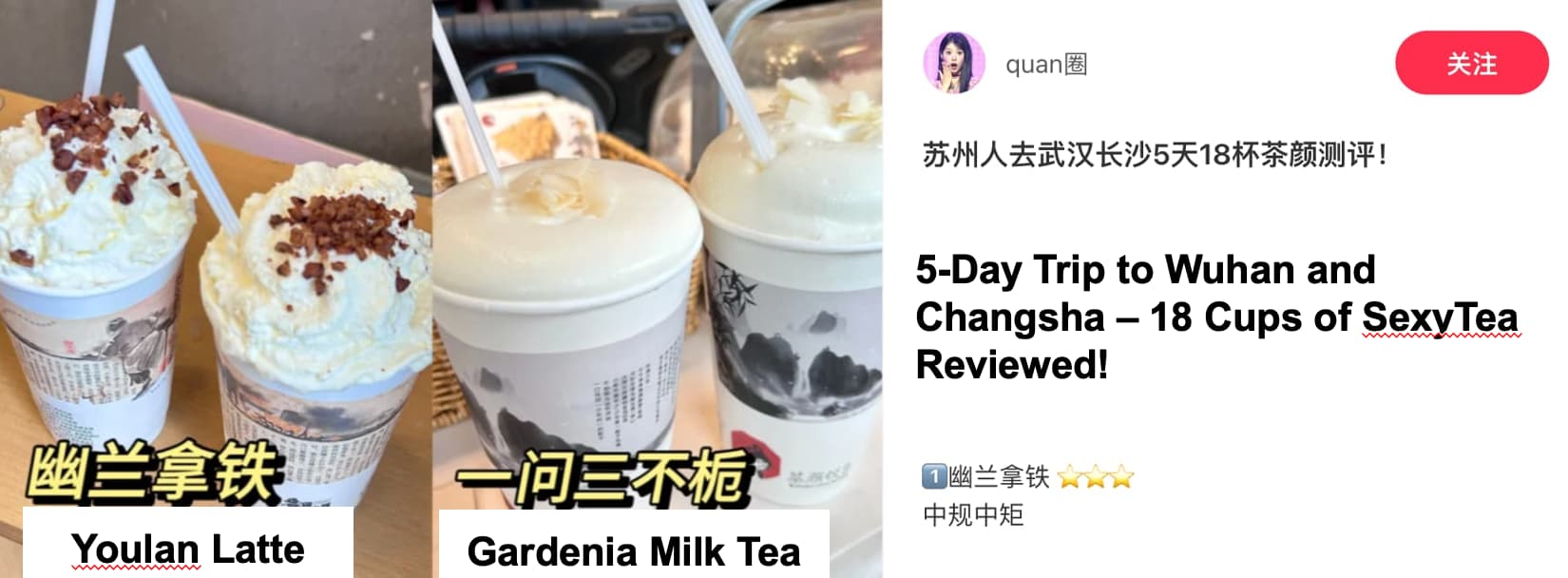
However, Sexy Tea also faces consumer dissatisfaction, particularly regarding its unique verification rule. Customers need to queue three times: pre-ordering, waiting for verification, and picking up their drinks. This cumbersome process has somewhat affected the user experience, although the brand explains that it is intended to ensure product freshness and taste. However, the protocol was not seen among competitors offering similar fresh tea products. This suggests that its ordering process may also serve as a branding or hunger marketing strategy rather than a strict necessity for freshness.
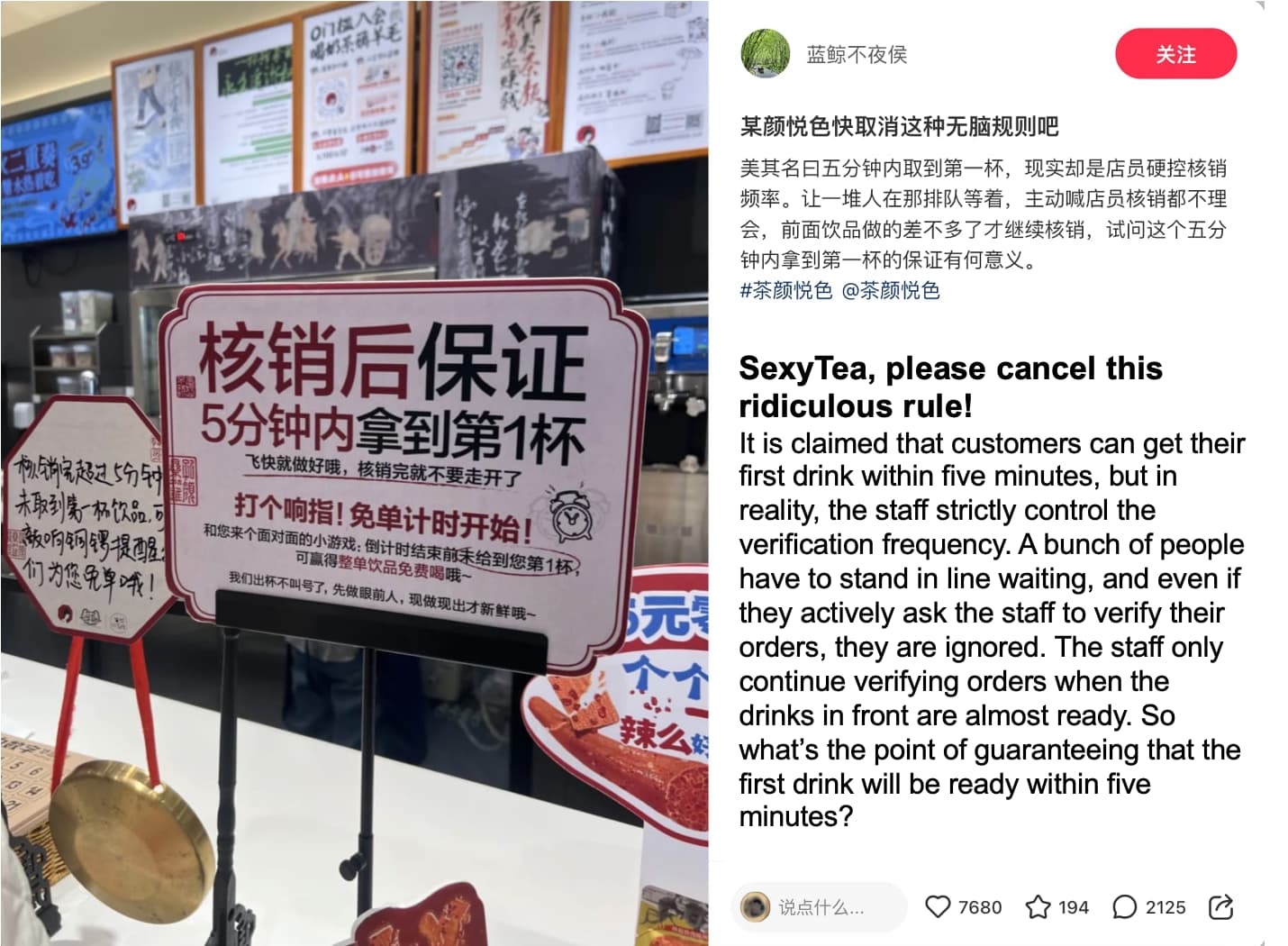
Expanding beyond tea: Sexy Tea’s multi-category growth strategy
To solidify its identity as a light milk tea specialist, Sexy Tea has taken a conservative approach to product development. The brand introduces fewer new items each year compared to other brands and maintains a streamlined menu of around 20 SKUs, with classics like Youlan Latte (幽兰拿铁) and Shengsheng Oolong (声声乌龙) remaining customer favorites.
Vibrant sub-brands with new Chinese-style branding
Sexy Tea takes a selective approach to new product launches in its core milk tea category to maintain its streamlined menu. On the other hand, it has expanded into adjacent categories through a portfolio of sub-brands. This was to broaden its market presence while keeping its core tea identity intact. These include Yuanyang Coffee (鸳央咖啡) for coffee, Good Mornin’ Lemon (古德墨柠) for lime tea, Day & Night Poetry Bar (昼夜诗酒茶·艺文小酒馆) for tea-infused alcoholic drinks, and Xiaoshenxian Teahouse (茶颜·小神闲茶馆) for premium pure teas. Despite this diversification, all sub-brands retain Sexy Tea’s signature New Chinese-style branding.
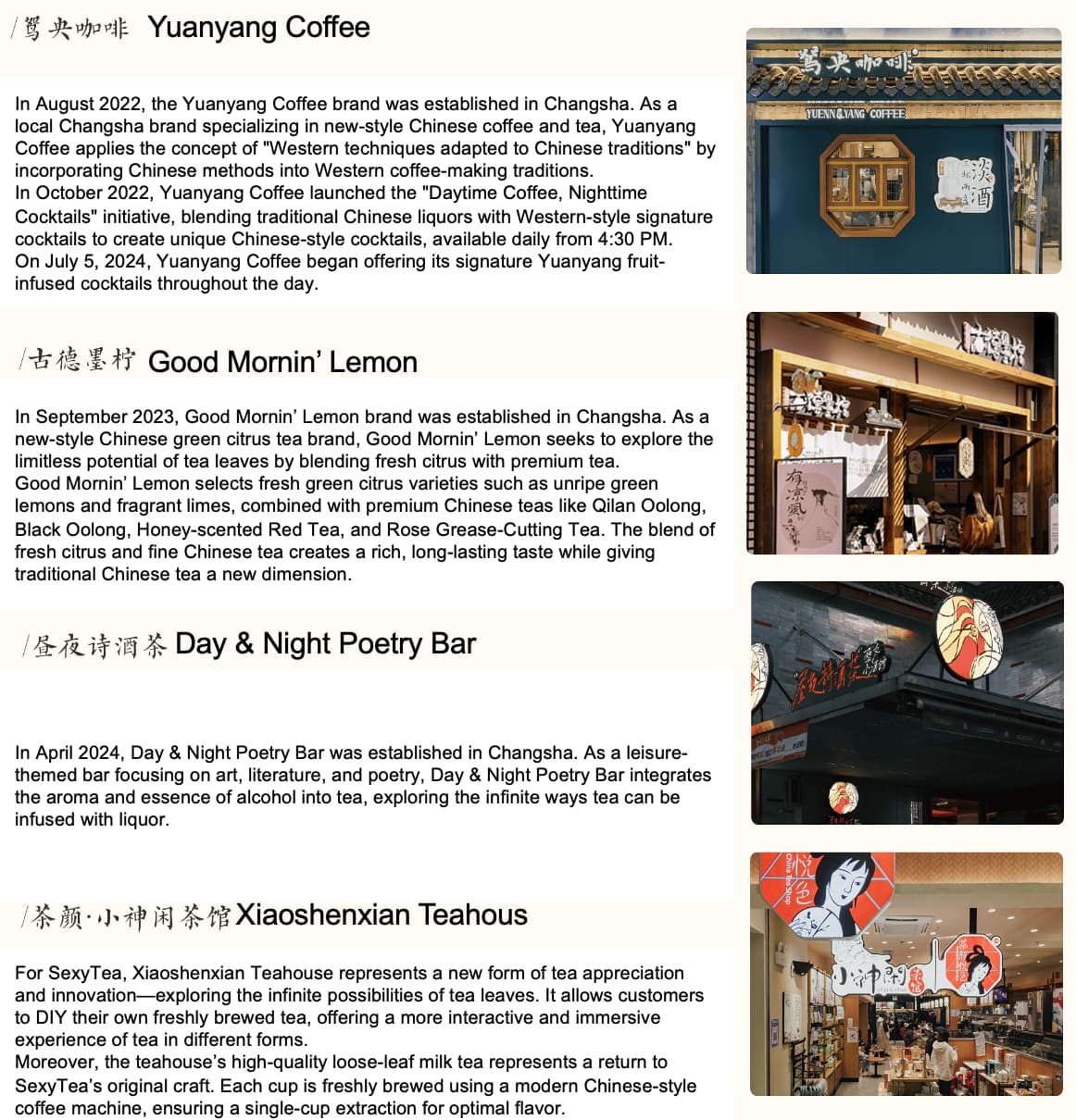
Retail expansion as a game changer
While Sexy Tea remains cautious about franchising to maintain quality, it has expanded its retail footprint. This was due to retail products requiring less direct oversight compared to fresh tea stores. Since 2020, the company has also expanded into new retail, launching offline retail stores such as tea shops (茶叶铺子), merchandise stores (游园会), and discount outlets (量贩折扣店). These stores offer a wide range of products, including tea leaves, instant tea powders, snacks, and stationery. Meanwhile, the brand’s Taobao flagship store amasses over 1.65 million followers and its best-selling crispy bread cubes exceeded 600,000 packs in sales.
A major development for Sexy Tea is its self-built production facility in Changsha, scheduled to open in the first half of 2025. The plant will specialize in tea extraction, tea processing, and coffee processing, marking a strategic shift from the asset-light model common in the new tea beverage industry. By investing in in-house production, Sexy Tea aims to strengthen supply chain control and product quality.
Strengthening local ties
From the very beginning, Sexy Tea has been closely tied to Hunan’s local culture. In July 2024, the brand teamed up with the Hunan Xiang Embroidery Museum to release a Hunan-exclusive gift set, “Hunan Embroidery Collection” (潇湘绣一场). The collection seamlessly blended Xiang embroidery elements into its design. Moreover, the series features dark tea bags, a ceramic teacup, an intricately embroidered pendant, and Hunan-flavored chili sauce, reinforcing its strong regional identity. Beyond the product launch, it also collaborated with the museum to host themed tea events, promoting Hunan’s traditional embroidery craftsmanship and further enriching its brand’s cultural depth.

Sexy Tea is expanding steadily while prioritizing brand control
- Although Sexy Tea has far fewer stores than its competitors, its expansion has gained momentum recently.
- The brand continues to reinforce its core identity through its signature beverages while diversifying into teahouses, coffee, lemon tea, bars, and snacks via sub-brands.
- At the same time, its investment in an in-house production facility marks a strategic shift toward a more comprehensive business model.
- By tapping into local culture, Sexy Tea has strengthened its brand narrative through collaborations with museums, further enhancing its cultural appeal and competitive edge.


